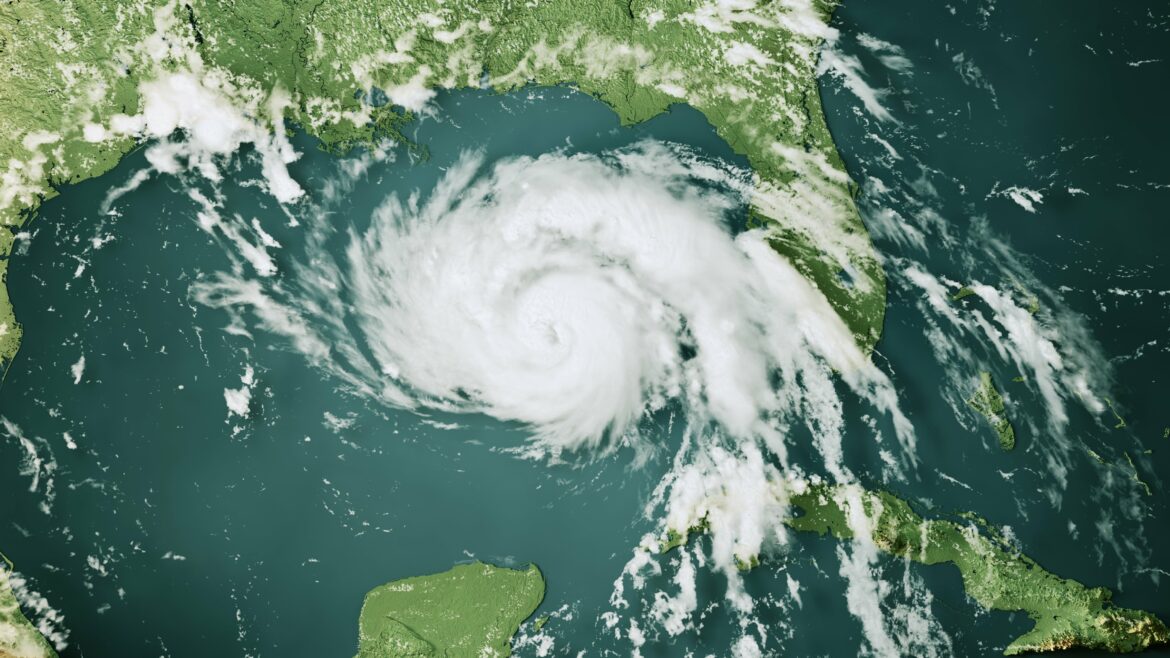Climate change is a hot topic right now, but we often think of it in terms of politics and debate. However, we should also be discussing this important topic and how it relates to credit unions. Let’s take a look at this topic from a business continuity lens to see how climate change is affecting efforts at credit unions.
Climate change events are costly
As the recurrence and severity of these extreme weather and climate events have intensified, so has the cost. According to the National Oceanic and Atmospheric Administration’s (NOAA) National Center for Environmental Information (NCEI), the year 2020 was the most expensive year yet for weather and climate-related disasters. There were 22 separate billion-dollar weather and climate disasters across the United States in 2020 and there were another 20 separate billion-dollar disasters in 2021.
The EPA (Environmental Protection Agency) reports that scientific studies indicate that extreme weather events such as heat waves and large storms are going to become more frequent or more intense due to climate change. Climate change is affecting our weather patterns and occurrences of natural disasters. That in turn is costing us all a lot of money. Preparing for weather-related disasters is a necessity for every business no matter the industry.
Expanding your disaster scope
So, what should credit unions do, if anything, in regard to climate change? Acknowledgment goes a long way. Including climate change scenarios in your Business Continuity Plan helps your credit union prepare for those natural disasters. Florida already plans for hurricanes, but shifting natural disasters have places planning for natural disasters that have never been on their radar before.
It is important your credit union begins considering situations that you have not thought about, like the heat wave in Washington state or hurricane preparation for noncoastal towns. They might not be the norm now, but that could change soon.
The summer of 2021 showed Spokane Firefighter’s Credit Union that another environmental threat that needs to be considered and planned for is heat waves. The summer of 2021 produced three consecutive days with temperatures exceeding 100 degrees. The following summer produced a record-breaking six consecutive days of temperatures exceeding 90 degrees.
A disturbing trend of increased temperatures for a region of the US that is not accustomed to such hot days. So much so that many places do not have air conditioning or other controls in place to fight the extreme heat. This meant they had no plan or business recovery efforts in place.
Higher temperatures with less rainfall may lead to conditions conducive to fires. The demand on HVAC units during a heat wave can put a drain on local power grids and can lead to power loss and blackout conditions. Some things to consider at your credit union when in the middle of a heat wave are:
- Turning lights off to keep temperatures inside down
- Purchasing fans to set up in the lobby and offices to increase circulation
- Offering bottled water for staff and guests
Be prepared for any event
Expand your scope of planning to include situations not common for your geographic location and think about what else you should be planning for. What is the next shifting natural disaster, polar vortexes in Florida or tropical storms in Canada? It may seem impossible, but weather patterns are quickly changing. And as we say in business continuity: prepare for the unexpected!























































